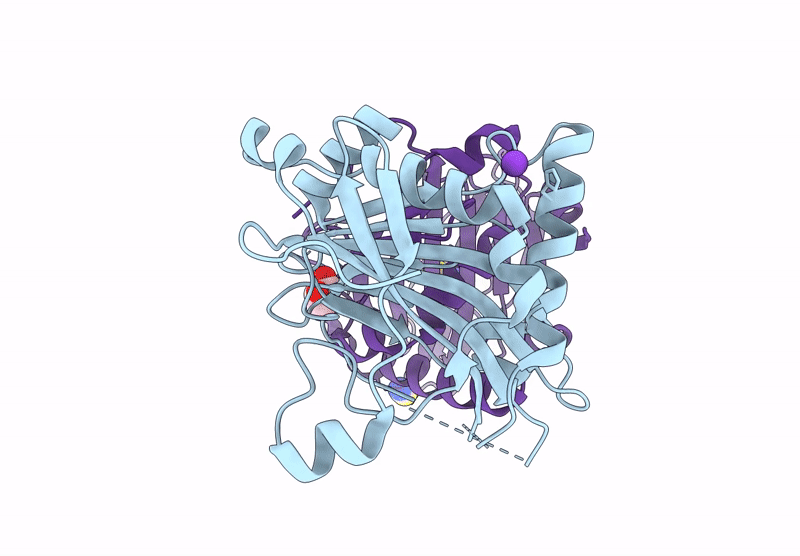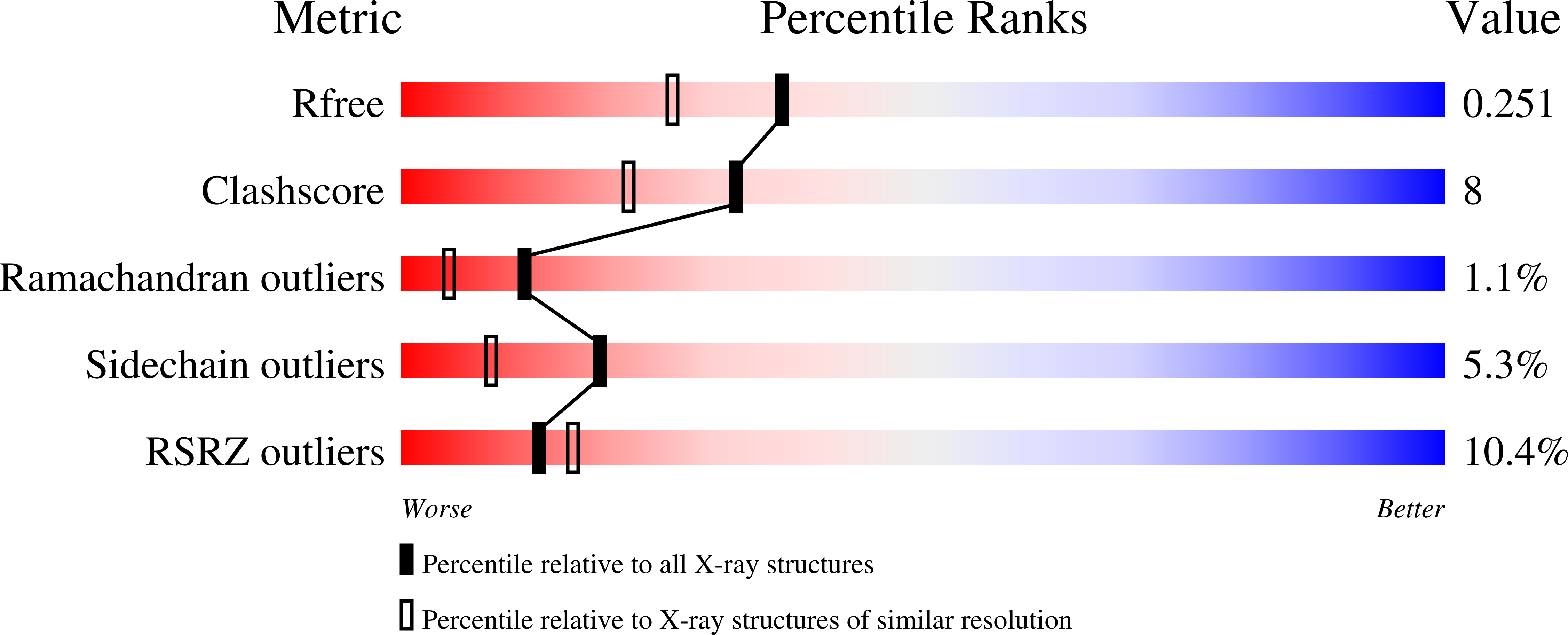
Deposition Date
2024-09-24
Release Date
2025-02-12
Last Version Date
2025-03-05
Entry Detail
PDB ID:
9DQP
Keywords:
Title:
Crystal structure of apo-HrmJ from Streptomyces sp. Ag109_G2-6 (HrmJ-ssa)
Biological Source:
Source Organism:
Streptomyces sp. Ag109_G2-6 (Taxon ID: 2485154)
Host Organism:
Method Details:
Experimental Method:
Resolution:
1.95 Å
R-Value Free:
0.25
R-Value Work:
0.19
R-Value Observed:
0.20
Space Group:
C 1 2 1


